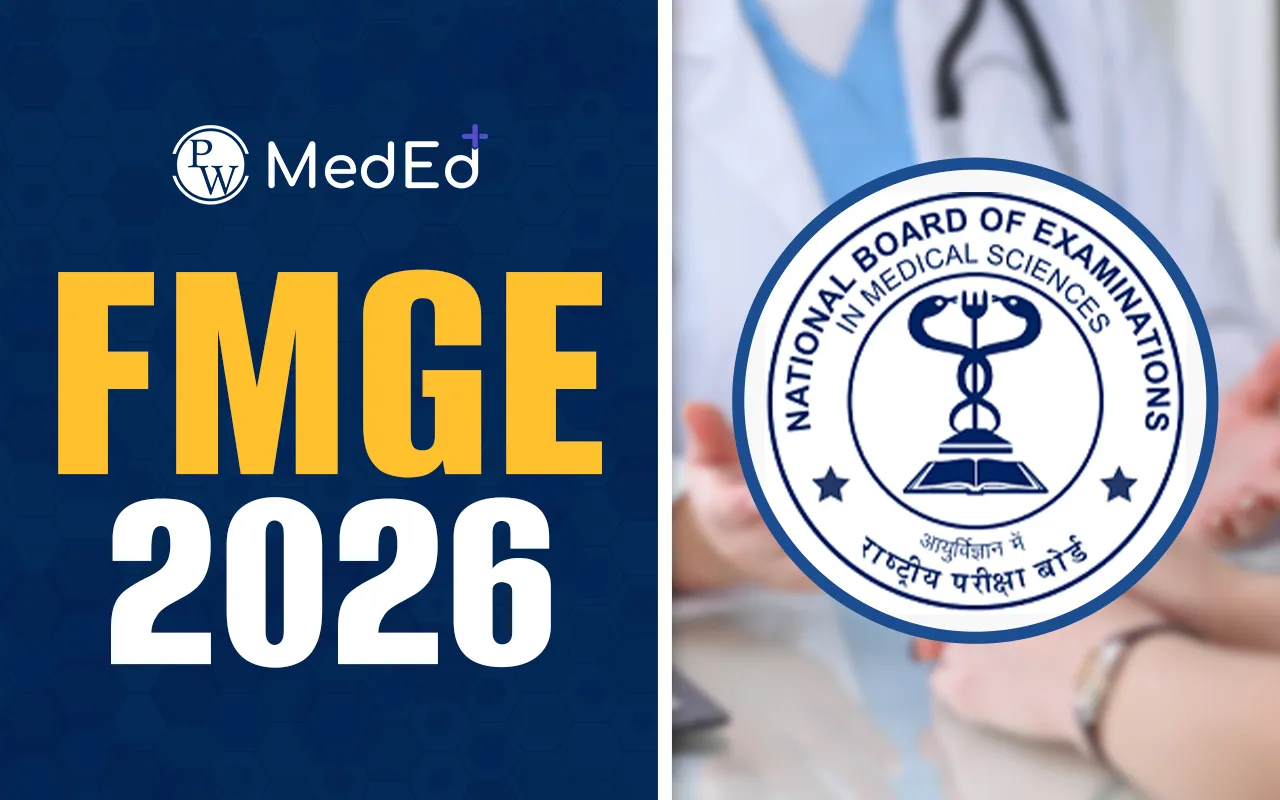
Chromosomes are the most condensed form of our genetic material, the DNA helix. DNA is essentially a sequence of nitrogenous bases in a specific pattern, which is recognized by the cellular machinery and translated (yes, just like a language it is translated) into a sequence of proteins required by cellular life to survive.
Why Condense DNA?
DNA needs to be condensed to be transferred to the progeny. It would be impossible for a cell to uncoil 2 meters of DNA and then transfer pieces of this thread into a new nucleus, which is micron-sized. By condensing DNA into chromosomes, this process becomes very efficient.Why Uncoil DNA Again?
DNA needs to be uncoiled because it must be translated, which is not possible in its condensed form as nuclear machinery cannot access it.Structure of Chromosomes
The Gross Structure
The gross structure of chromosomes can be seen under a light microscope. Each chromosome has two symmetrical structures during mitotic metaphase. These structures are termed chromatids. Each chromatid comprises a single molecule of DNA. The two chromatids are joined at the centromere. The centromere divides the chromosome into two parts: the short arm, called the p arm, and the longer arm, called the q arm. This highly condensed structure of the chromosome is seen at metaphase.The Ultrastructure
The condensation of DNA happens with the help of proteins called histones. These positively charged proteins bind negatively charged DNA molecules. About 147 base pairs of DNA coil around the histone, leading to a “beads on a string” appearance. At the advent of cell division, both meiosis and mitosis, the chromosomes need to be segregated and transferred into the progeny. Spindle fibers are formed at the equator of the cell by a structure called the centrosome. The spindle attaches to the central constriction of the chromosome. Due to the contraction of these spindle fibers, chromosomes move into adjacent cells.Autosomes and Sex Chromosomes
Humans have 23 pairs of chromosomes, totaling 46 chromosomes. Of these, 22 pairs are autosomes, which are non-sex chromosomes that carry the bulk of genetic information, including genes responsible for various bodily functions and characteristics. The 23rd pair consists of sex chromosomes, which determine an individual’s sex. Females have two X chromosomes (XX), while males have one X and one Y chromosome (XY). The sex chromosomes carry genes that are crucial for the development of sexual characteristics and reproduction. Mutations or abnormalities in either autosomes or sex chromosomes can lead to genetic disorders, underscoring the importance of proper chromosomal function and structure.Chromosomes FAQs
What is non dysfunction of chromosomes?
Nondisjunction is the failure of homologous chromosomes or sister chromatids to separate properly during cell division(mitosis/meiosis). This can lead to congenital defects in children.
What is Down's syndrome?
Down syndrome or Down's syndrome, also known as trisomy 21, is a genetic disorder caused by the presence of all or part of a third copy of chromosome 21.
What is karyotype?
Karyotype is the general appearance of the complete set of chromosomes in the cells of a species or in an individual organism, mainly including their sizes, numbers, and shapes.
What are autosomes and sex chromosomes?
Autosomes are the chromosomes that determine somatic characters such as body weight, length, etc. of an organism.
Sex Chromosomes are the chromosomes that determine sex and sex-related hormonal traits.
Talk to a counsellorHave doubts? Our support team will be happy to assist you!

Check out these Related Articles
Free Learning Resources
PW Books
Notes (Class 10-12)
PW Study Materials
Notes (Class 6-9)
Ncert Solutions
Govt Exams
Class 6th to 12th Online Courses
Govt Job Exams Courses
UPSC Coaching
Defence Exam Coaching
Gate Exam Coaching
Other Exams
Know about Physics Wallah
Physics Wallah is an Indian edtech platform that provides accessible & comprehensive learning experiences to students from Class 6th to postgraduate level. We also provide extensive NCERT solutions, sample paper, NEET, JEE Mains, BITSAT previous year papers & more such resources to students. Physics Wallah also caters to over 3.5 million registered students and over 78 lakh+ Youtube subscribers with 4.8 rating on its app.
We Stand Out because
We provide students with intensive courses with India’s qualified & experienced faculties & mentors. PW strives to make the learning experience comprehensive and accessible for students of all sections of society. We believe in empowering every single student who couldn't dream of a good career in engineering and medical field earlier.
Our Key Focus Areas
Physics Wallah's main focus is to make the learning experience as economical as possible for all students. With our affordable courses like Lakshya, Udaan and Arjuna and many others, we have been able to provide a platform for lakhs of aspirants. From providing Chemistry, Maths, Physics formula to giving e-books of eminent authors like RD Sharma, RS Aggarwal and Lakhmir Singh, PW focuses on every single student's need for preparation.
What Makes Us Different
Physics Wallah strives to develop a comprehensive pedagogical structure for students, where they get a state-of-the-art learning experience with study material and resources. Apart from catering students preparing for JEE Mains and NEET, PW also provides study material for each state board like Uttar Pradesh, Bihar, and others
Copyright © 2025 Physicswallah Limited All rights reserved.
Get App








